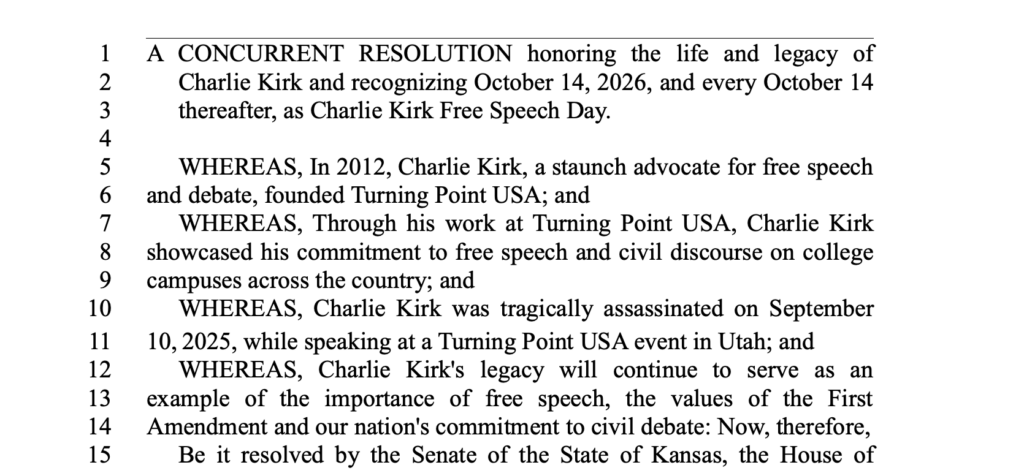Whistling in Cuban
Life Is to Whistle (La Vida Es Silbar) presents a cinematic dream of Cuba in the year 2020. Director Fernando Perez isn’t so naive as to think his dream will come to fruition, though.
Perez’s vision of the future in Cuba is illogical but nonetheless fascinating. As far as political movies go, this comes as a relief; instead of assuming a know-it-all stance, Perez sympathizes with his characters’ confusion, which is why he intervenes with the absurd.
The opening scene, filmed in black and white, depicts children in an orphanage during a music class, singing, dancing and whistling. The film cuts to a grammar lesson, with children sitting at desks as a nun calls on them to answer questions. One little girl, Bebe, whistles when she is called on. Audience members hear the booming voice of the nun in charge shout, “Whistling is not allowed!” Then a door slams on Bebe, sitting alone in a corner, and the title, Life Is to Whistle, appears on the shut door.
It is from this vantage point that Perez picks up the stories of Mariana, Elpidio and Julia, narrated by the 18-year-old Bebe, who learned to whistle before she started to speak. Bebe embodies the ludicrous, appearing randomly throughout the film to explain things to the viewers, at one point even speaking to the viewers from underwater, bubbles coming out of her mouth and her hair floating all around her head.
But while Bebe injects a bizarre logic for the film’s viewers, logic won’t help Mariana (a nymphomaniac dancer who makes a vow of chastity to get the lead role in Giselle), Elpidio (an orphaned Cuban who devotes himself to Cuba as though Cuba were his mother, until his American lover asks him to go with her to the United States) or Julia (a woman who uncontrollably faints and yawns until a psychiatrist reveals the cause, forcing her to confront the truth or go on fainting and yawning). Perez doesn’t know what to do any better than they do, but he and his whistling muse use movie magic to get the three out of their predicaments.
Bebe isn’t Perez’s only incarnation of the absurd in this film; it intervenes in a variety of forms — some more attractive than others. There’s the street sweeper, an astoundingly ugly man who teaches Elpidio a lesson about love and reveals Mariana’s vow of chastity to her suitor, and a cab driver who helps the protagonists inexplicably convene at a public square in Havana at 4 in the afternoon.
Perez has said he views Life Is to Whistle as a “stylistic and aesthetic game, full of risks — a sort of puzzle in which humor and drama are combined to challenge all the rules.” In the context of Cuban films, which traditionally have resembled documentaries in how directly they address revolution and prescribe what is to be done, Perez’s stylistic playfulness and relative open-endedness suggest a new approach.




